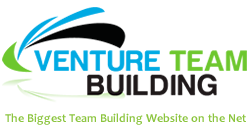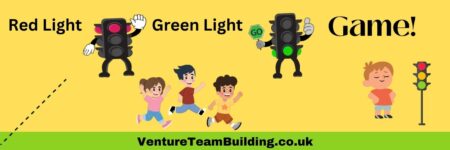The problem solving model is a simple cycle used to solve problems and challenges. The aim of the problem solving model is to provide a simple clear strategy for tackling problem solving situations. Introducing this model, will provide participants with an easy to use and transferable method of solving problems in any situation.
The problem solving model uses a 5-step process:
- Identify: What is the problem and your end goal?
- Plan: Discuss ideas and generate possible solutions to the problem?
- Do: Select the best possible solution and try to solve the problem.
- Review: Did the solution solve the problem? If not, why not? Discuss and rethink your plan.
- Adapt: Either make changes or introduce a new plan. Try again and then review and adapt (if needed).
Stage 1 – Identifying the problem
Ensure the team understand the problem and have identified any blind spots that may prevent them from seeing the whole problem. Problems can be both simple and extremely complex. Sometimes we have more than one problem we are dealing with and any action the team takes make result in further problems arising.
The key is to identify the principle problem and understand the end goal or result.
Stage 2 – Plan
Having correctly identified the problem, participants should now be taught the importance of taking ‘time out’ in order to think about the whole problem and the consequences of the different possible solutions.
Once, you have done this allow time for them to listen and discuss ideas and work as part of a team. Teamwork is vital to success and participants soon learn that success is built on cooperation not confrontation.
“By failing to prepare, you are preparing to fail.” Benjamin Franklin
Planning prevents poor performance and team members learn the necessity of setting realistic achievable goals. Participants will need to manage their time effectively and recognise the value of the time spent thinking and planning to the success of the whole operation.
This is the decision making step of the problem solving process. It’s important that the team formulate a plan or solution to the problem before taking action.
Stage 3 – DO
Actions speak louder than words.
When it is time to put the plan into operation the whole team needs to pool their skills to ensure a successful outcome. Added pressure is created by time restrictions and participants are made aware of the effect of positive and negative peer influence. No team will experience 100% success, so learning how to cope with setbacks and failure is an important part of the process.
Stage 4 – Review
As well learning how to evaluate their own performance as part of a team, participants also need to appreciate the contribution of others. If their chosen plan is not successful can the team re-evaluate the situation? Once the task is complete, participants should take time to reflect on the results of their actions. How would they use this knowledge if they had to repeat the task again?
Stage 5 – Adapt:
Through experience, participants should have gained knowledge and a better understanding of the problem. If they failed, what new ideas did they generate to improve when reviewing their actions? Can these actions be implemented and used when attempting the challenge again?




Very good job
Glad you found it helpful.